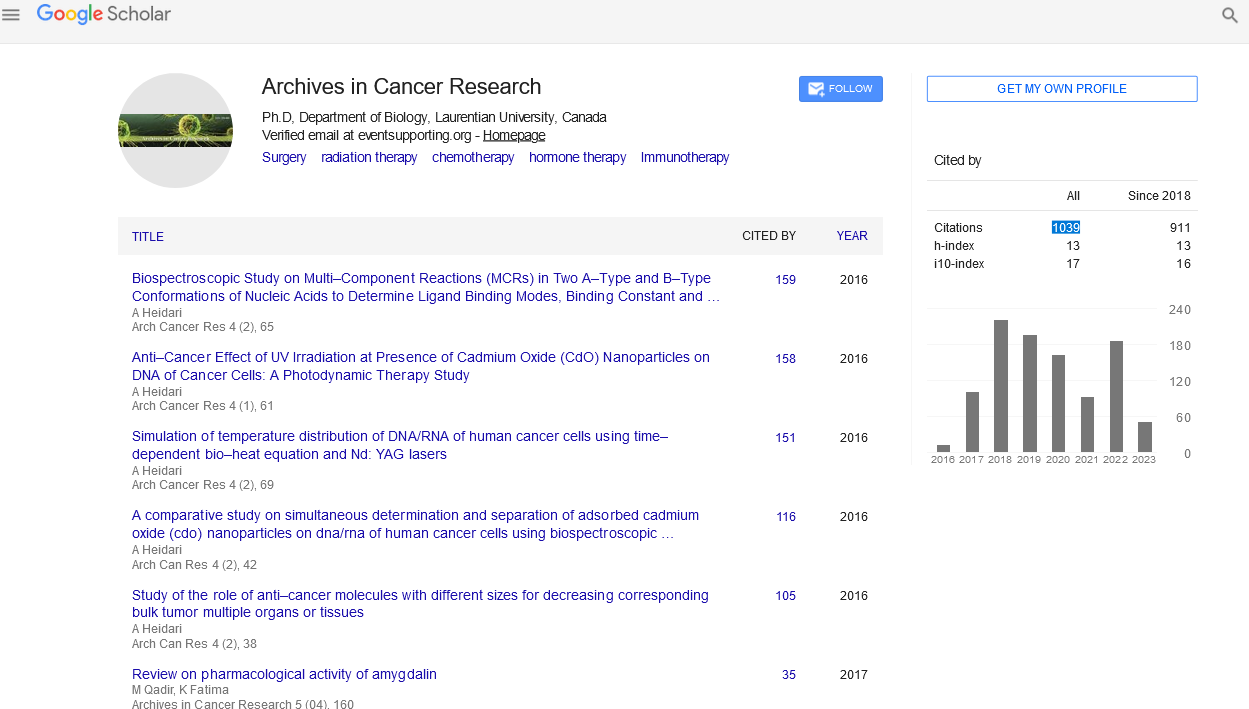Keywords
|
| Prostate-specific membrane antigen (PSMA) is a membrane glycoprotein that is a well-characterized and clinically validated marker of prostate cancer (PCa) [1]. |
| Gallium 68 (68Ga)–labeled PSMA PET/CT uses the affinity of the 68Ga-labeled PSMA ligand to PSMA expressing cells [1]. |
| Promising results were reported for an accurate staging in patients presenting with biochemical recurrence (BCR) after primary treatment even at low PSA levels [2]. |
| We present the case of a 56 years old patient presenting with a BCR (PSA=21 ng/ml) several years after external radiation beam therapy. |
| Abdominopelvic CT scan and bone scan were negative. |
| A suspicious lesion on PSMA-ligand PET imaging was detected in the prostate with no evidence of regional or distant hypermetabolic lesions (Figure 1). |
| A prostatic biopsy confirmed the recurrence and the patient was scheduled for salvage hemiablation HIFU |
| Most patients with BCR after primary treatment receive androgen deprivation therapy (ADT). However, the potential nature of ADT, its negative impact on quality of life and the lack of efficacy on cancer specific and overall survival opened the door for the development of more accurate staging strategies and for the implementation of minimal invasive therapeutic modalities. |
| This case is a timely issue given the new evidence suggesting that the accurate staging of PSMA-ligand PET imaging and the effectiveness of hemiablation salvage HIFU in patients who present unilateral small sized local recurrence after primary radiation therapy [3,4]. Preliminary results show that hemiablation salvage HIFU is safe, feasible and associated with reduced morbidity and better functional outcomes. |
Figures at a glance
|
 |
| Figure 1 |
|
| |
| |






